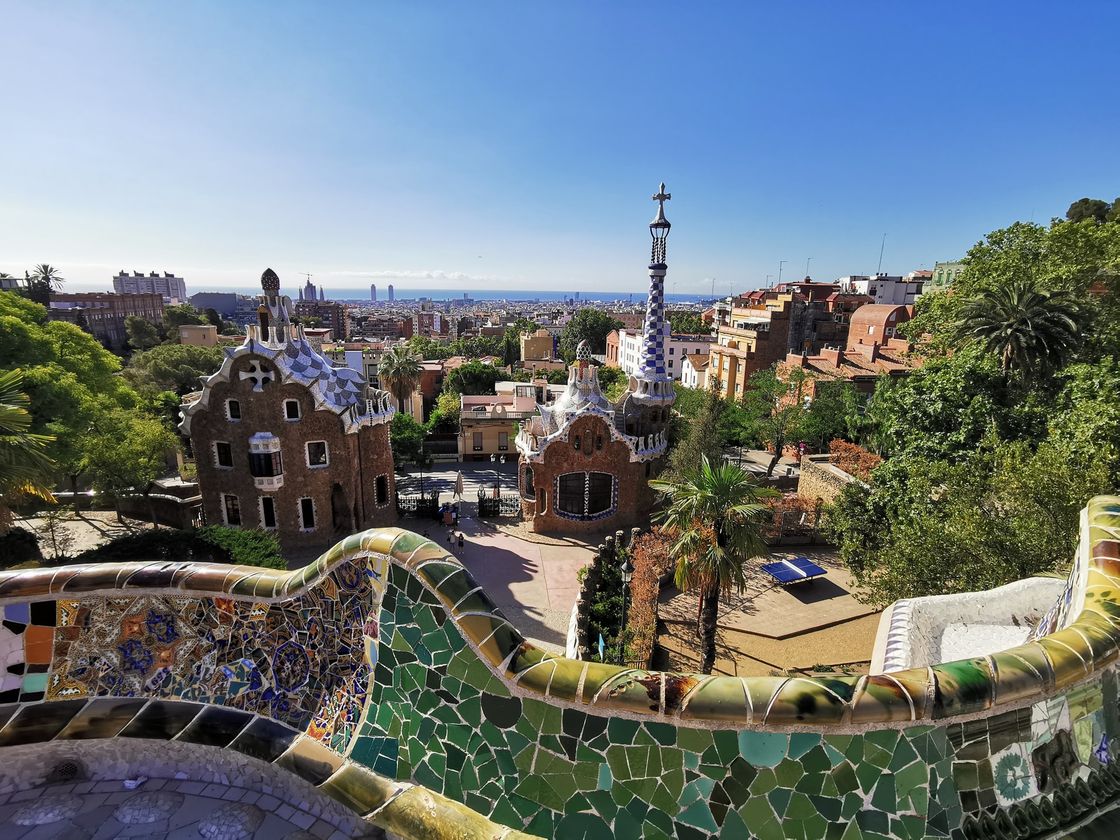Index
Barcelona is a huge city with many different districts: finding your way around them can be difficult. If you're thinking of visiting the Catalan capital, knowing which are the best neighborhoods in the city could be helpful.
That's why we at Casavo have compiled a list of the most popular Barça areas, and the unmissable corners of each of them. Backpack on your shoulders, let's go!
1. El Born
El Born is one of the trendiest areas of Barcelona, located right next to the Gothic Quarter.
Recently, it has filled up with bars and restaurants of all kinds, frequented by hundreds of tourists attracted by the excellent food and wine served in the local establishments. If you love trying new dishes and experimenting in the kitchen, this neighborhood is for you.
But you won't just find food and good wine. El Born boasts several cultural points of interest worth visiting, such as the Picasso Museum, which houses 4,251 works by the Malaga-born artist.
The Basilica of Santa Maria – also known as the Cathedral of the Sea – is another symbol of the neighborhood: in full Gothic style, it has even been the protagonist of some TV series.
Finally, it is impossible not to mention the Palau de la Música Catalana, the Mercat de Santa Caterina and the Convent of Sant Agustí.
2. Gràcia
The Gràcia neighborhood – full of Art Nouveau buildings, one of the most widespread architectural styles in Barcelona – is emblematic and bohemian: dotted with an enormous number of squares, it is full of bars and open-air venues that offer a lively nightlife. It is no coincidence that many artists and young people live between Plaza del Sol, Plaza de la Virreina and Plaza del Diamante.
Near this area is also one of Gaudí's great works, Parc Güell. Built more than a century ago, it is best known for the Dragon Staircase, the amphitheater, the Washerwoman's Portico, and the Austrian Gardens.

3. L'Eixample
Designed by urban planner Ildefons Cerdà, the L'Eixample neighborhood of Barcelona is a district characterized by its particular grid shape, interrupted only by the Diagonal Avenue which cuts it obliquely.
Among the monuments in the neighborhood is the National Art Museum of Catalonia, from which you can enjoy a spectacular view of the entire city. On the border with the Ciutat Vella, there is the Plaza Cataluña, one of the most famous in Barça.
The Eixample is also the neighborhood that hosts the largest number of Gaudí's works in the world: the Casa Batlló, the Pedrera and the Sagrada Familia, whose construction work – begun in 1882 – is still underway.
This is also where the Paseo de Gracia, one of the city's most important avenues, is located.
4. Raval
The Raval neighborhood of Barcelona is an alternative place with a strong personality and, like many other areas of the Catalan capital, it is not without open-air works of art created by Antonio Gaudí (the Palau Güell, for one!).
As for religious architecture, a must-see is the Romanesque monastery of Sant Pau del Camp.
Here is also the Rambla, perfect for a stroll in the nerve center of the city: shop at the Boquería market, visit the Rubió i Lluch gardens, the Barcelona Center for Contemporary Culture and the Museum of Contemporary Art. We are sure they will not disappoint you.
5. La Barceloneta
La Barceloneta is the neighborhood of the city that overlooks the coast and is therefore full of beaches: Sant Sebastiá, Sant Miquel, La Barceloneta and Somorrostro are the most famous.
Do you love the sea? Its 5-kilometer promenade and the sea breeze – pleasant especially on hot summer days – make it the most suitable area of the city for you.
Also in La Barceloneta you will find the Museum of the History of Catalonia and, finally, the Paseo Juan de Borbón and the Barceloneta Park, ideal for walking, cycling or playing sports.

6. Montjuïc
Last but not least, there is the Sants-Montjuïc neighborhood, an area well connected thanks to the train station, which is the second largest in Spain.
One of the main points of interest in Montjuïc is the castle: from here you can enjoy one of the best views of the entire city.
Want to go shopping? The Las Arenas shopping center and the Sants market will satisfy your shopping cravings. If you prefer outdoor walks, we recommend the Parc de España Industrial, the Parc Joan Miró, and the Parc Montjuïc, one of the city's green lungs. Many of the facilities used for the 1992 Barcelona Olympics, such as the Olympic Stadium, are located here.
Now that you know Barcelona's neighborhoods, all you have to do is pack your suitcase. We at Casavo have already planned the itinerary: choose where to start, and happy exploring.
